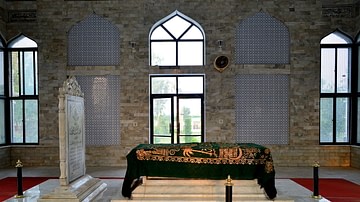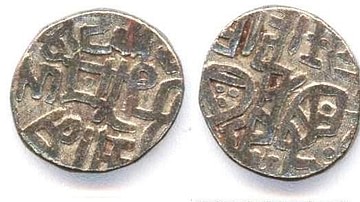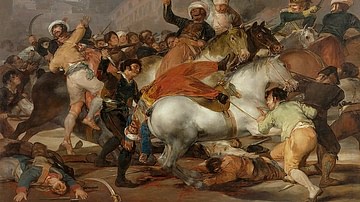Illustration
This map illustrates the foundation and expansion of the Delhi Sultanate under the Mamluk Dynasty (also spelled Mameluke, Arabic: مملوك, mamlūk, meaning "one who is owned," a slave), which ruled northern India from 1206 to 1290. Established by former military slaves of Turkic origin, the Mamluk rulers laid the groundwork for centralized Muslim rule on the Indian subcontinent.
The Mamluk Dynasty emerged following the assassination of Muhammad of Ghor in 1206, which fractured the Ghurid Empire into independent successor states. In Delhi, Qutb ud-Din Aibak—a former slave and Ghurid general—seized control and declared himself Sultan. Though his reign was brief, he initiated key architectural and administrative developments. His successors, notably Iltutmish and Balban, strengthened the Sultanate’s authority, repelling external invasions and quelling internal revolts. The dynasty faced frequent resistance from regional powers, particularly in the Ganga-Yamuna plains, leading to fluctuating borders and military campaigns. The Mamluk period concluded in 1290 when Jalal ud-Din Khalji overthrew the last Mamluk ruler, ushering in a new dynasty.
About the Author
Cite This Work
APA Style
Netchev, S. (2023, May 04). Delhi Sultanate under the Mamluk Dynasty, 1206-1290. World History Encyclopedia. Retrieved from https://www.worldhistory.org/image/17344/delhi-sultanate-under-the-mamluk-dynasty-1206-1290/
Chicago Style
Netchev, Simeon. "Delhi Sultanate under the Mamluk Dynasty, 1206-1290." World History Encyclopedia. Last modified May 04, 2023. https://www.worldhistory.org/image/17344/delhi-sultanate-under-the-mamluk-dynasty-1206-1290/.
MLA Style
Netchev, Simeon. "Delhi Sultanate under the Mamluk Dynasty, 1206-1290." World History Encyclopedia. World History Encyclopedia, 04 May 2023. Web. 13 Apr 2025.








